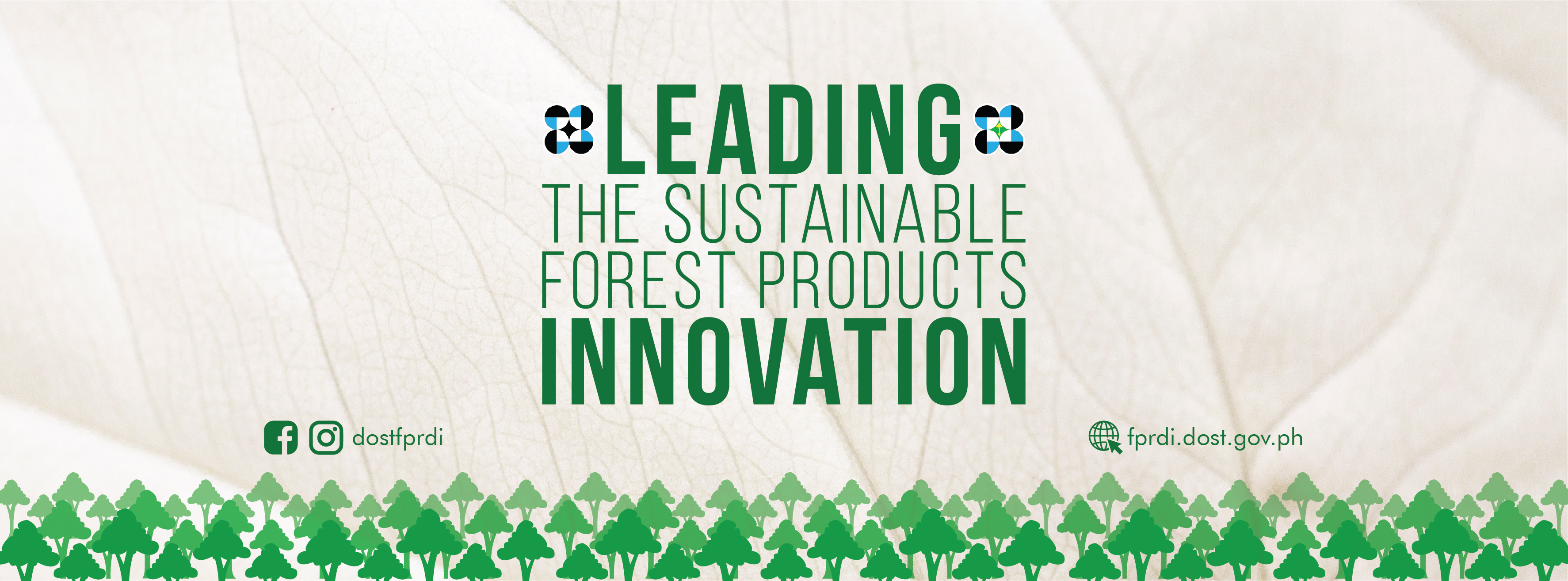LEADER: Engr. Anniver Ryan P. Lapuz
BACKGROUND
Nanocellulose, variously termed as nanocrystals, whiskers, rods, nanofibrils or nanofibers, are cellulose fibrils or crystals that has at least one dimension within the nanometer size range. It is an emerging nanomaterial that is produced either from bottom-up approach via biosynthesis or top-down approach thru disintegration of plant materials. In bottom up approach, synthesis of nanocellulose fibers are produced by algae, bacteria and tunicates. Whereas top-down approach is a degradation method involving mechanical and chemical treatment to extract the nanocellulose fibers from the bulk lignocellulosic material. These lignocellulosic materials or plant materials are the most abundant resource in the world and could come from wood and non-wood forest products. The logging wastes and residues alone in our country were estimated to reach about 192 cu. m. (Philippines Forestry Statistics, 2013). In addition, we also have abundant agricultural crops and residues from abaca, banana, rice straw, bagasse and other annual fiber crops which are sustainable raw materials for nanocellulose production.
The characteristics of nanocellulose depend on the plant material and extraction method used. Generally, nanocellulose is biodegradable, less expensive to produce and has a wide range of applications due to its exceptional strength characteristic, light weight, transparency, high flexibility, good electrical and thermal properties and excellent biocompatibility. It is also often regarded as an ideal reinforcement for green composites and biocomposites application.
Some application areas for nanocellulose include paper, paperboard and packaging where nanocellulose enhances the fiber-fiber bond strength and has a reinforcement effect on paper materials. In food industry, nanocellulose is used as form emulsions and dispersions and is suitable for use in food products as thickeners or stabilizers. Nanocellulose also has good absorption properties and can be used in medical and hygiene products like tissues, non-woven products, or diapers. It also has applications in films, painting, cosmetics, automotive, potential military applications such as its incorporation in ballistic materials and protective equipment.










